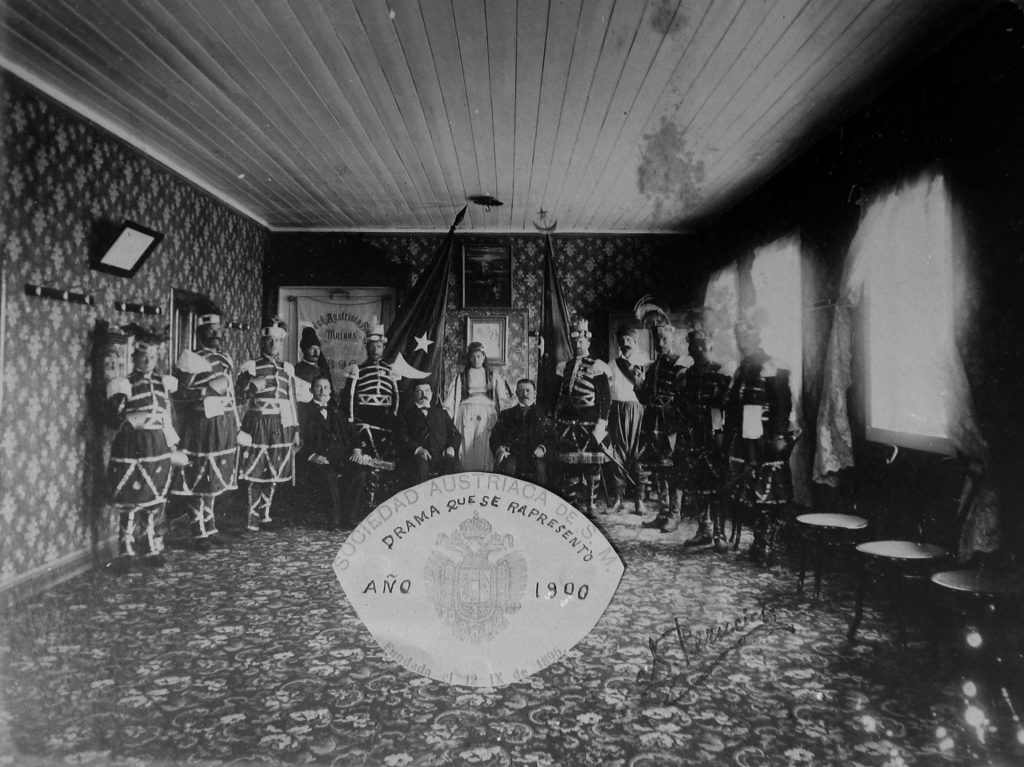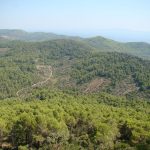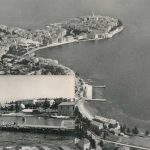It’s somewhat hard to imagine that it is still possible to find something of real value these days, almost a hundred years old and hidden away on an old dusty attic.
That is exactly what happened to Tonči Baždarić, a Korčula old-town native, while he was walking the narrow stone streets of Korčula, Dora Mikelić writes for Slobodna Dalmacija.
He saw, in front of a building undergoing restoration, a cardboard box on which 4 very well known letters (well, to anyone who’s into photography, at least) AGFA were written. He asked the workers if he could take the box (it was doomed to end up in a landfill), and in the box he found an unexpected treasure! Over 800 hundred glass photographic plates, stored in a box, no-one knew when, no-one knew who took them.
Tonči first asked a friend to digitise some of them, those that seemed to hold the key to the puzzle, and in those he found photos of Korčula but also photos of an area he could not recognise, and one with his grandmother!
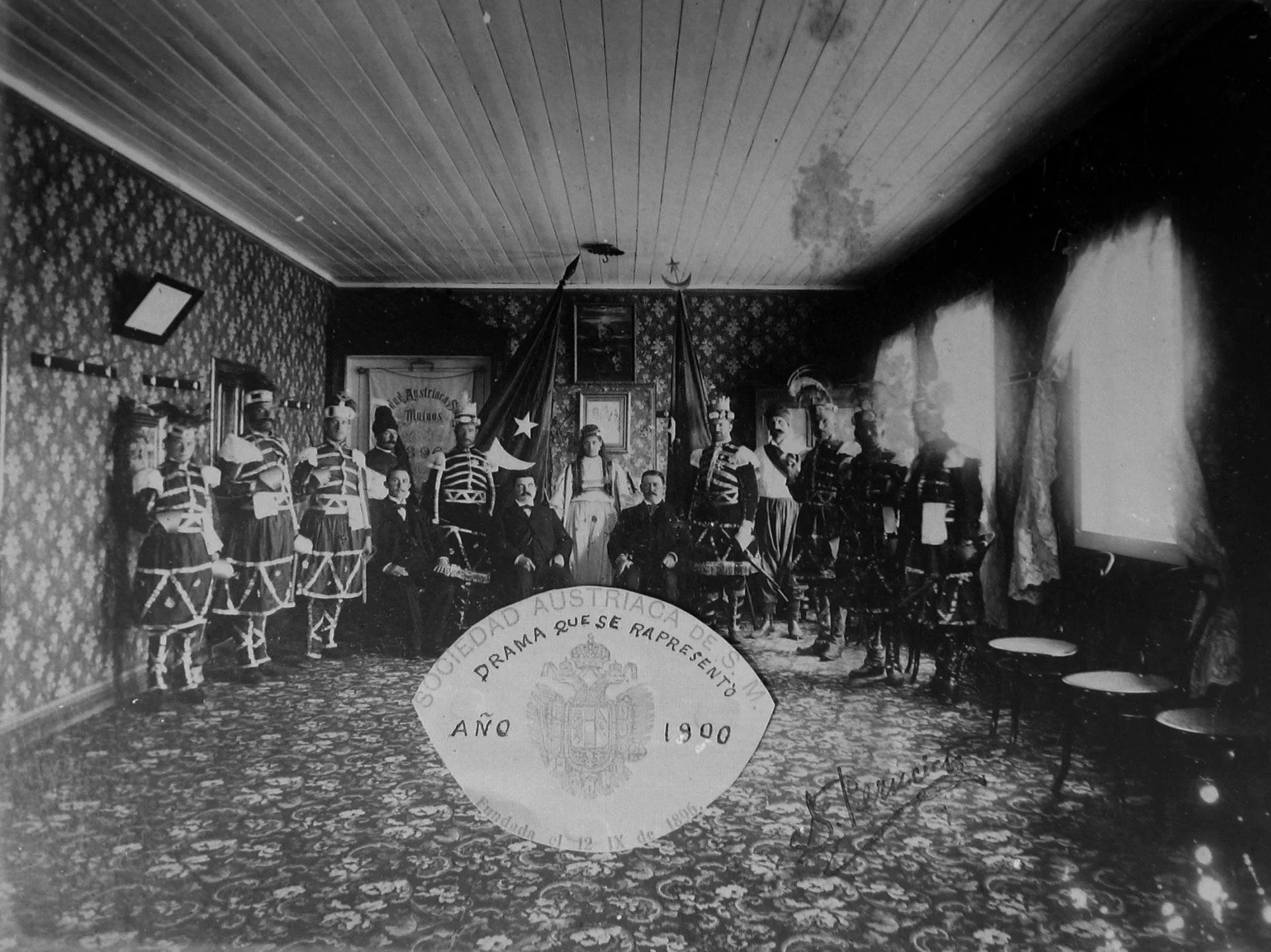
Trying to find the help he needed, he asked the Town Museum, but they didn’t have much interest, so he took them to the village of Žrnovo, where an archival institution is located, and there he found Tonko Barčot, a historian and archivist who was just as excited to get his hands on the plates.
The story the plates tell is fascinating: it’s the story of Jakov Peručić, the first photographer from Korčula who was just one step (or Tonči’s absent-minded glance) away from complete oblivion. To get to as many answers as possible, they also asked another historian from Korčula, Maro Grbić, to help them put together the story.
Jakov Peručić was born in Korčula in 1870, and emigrated to Chile because of the severe poverty on Korčula during that period. He came to Punta Arenas with his uncle Andro, and it is known that there was a stonemason workshop there at the time, called Peručia – probably belonging to those two. It was a very successful business, and Peručić travelled quite a lot (for that time period), going as far as Argentina, and that’s when he was introduced to a photo camera.
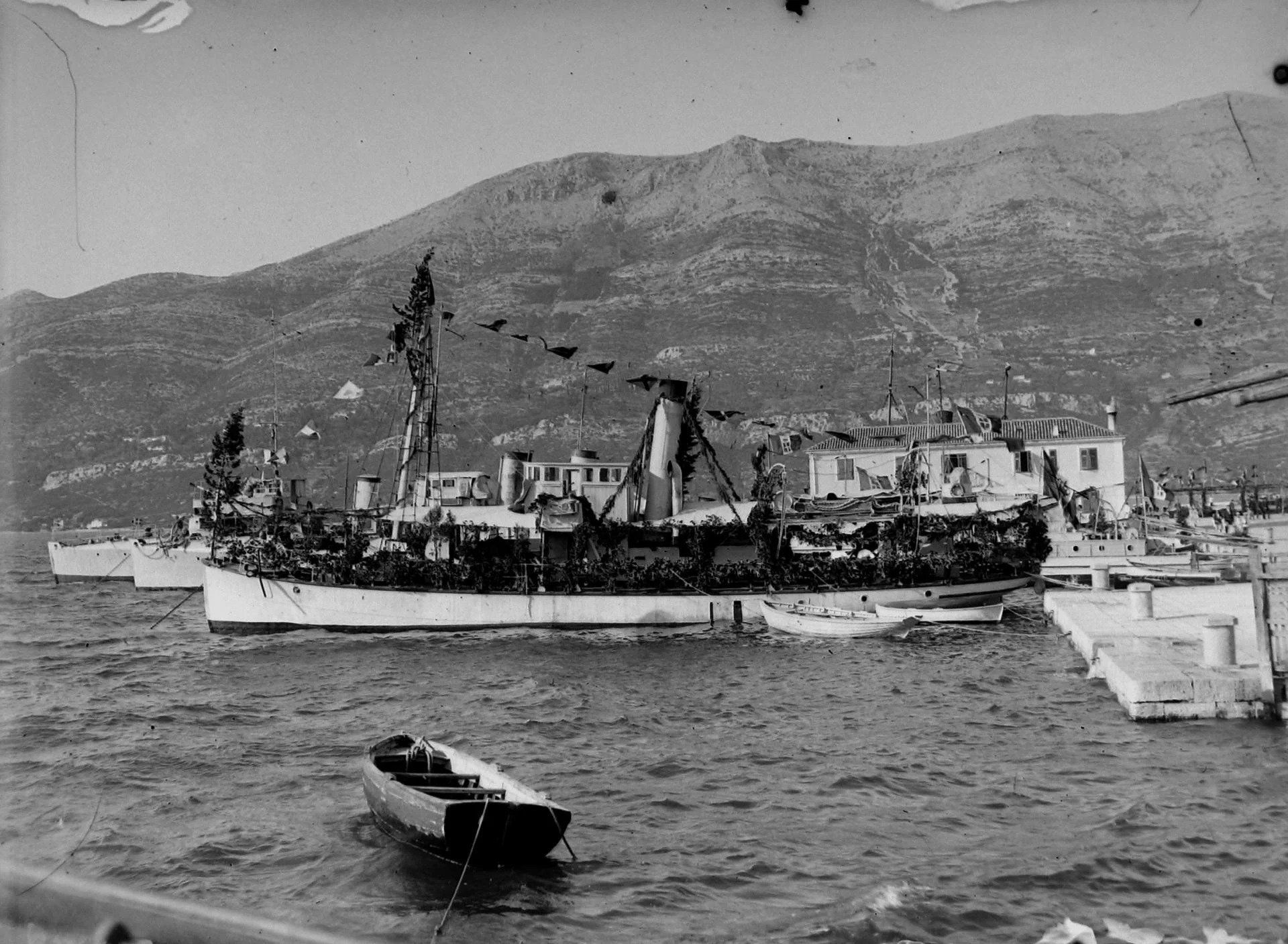
He purchased one and started working on his photos. The reason why or when exactly he moved back to Korčula seems to be unknown, but it was sometime between 1900 and 1920, bringing his camera and equipment with him. He soon became the official photographer – because he had no competition at the time! In the recently found box, there were plates made in South America, Chile and Argentina, and the second phase consists of photos taken in Korčula, and the earliest one there is dated 1920.
He made his own studio, using a sheet as a background, where he made portraits; he has taken many photos standing on the veranda of the house he used to live in at the time. The researchers say that he was an excellent photographer, capable of creating remarkable photos even under really bad conditions, and that his photos stand out from the photos from that period worldwide.

While it’s almost impossible to find anyone who is able to recognise any of the hundred-year old faces on those photos today, they show what the life was like on Korčula a hundred years ago. They show the St. Theodore processions, funerals, holidays, Christmas celebrations, birthdays, kids in the kindergarten, kids from the orphanage, and day-trips to Badija etc. On the photos, very rich people of Korčula are shown, but also the poor workers in worn-out clothes, and many photos of Italian soldiers (that was the period when Korčula was under Italian rule) who seemed to enjoy being photographed.
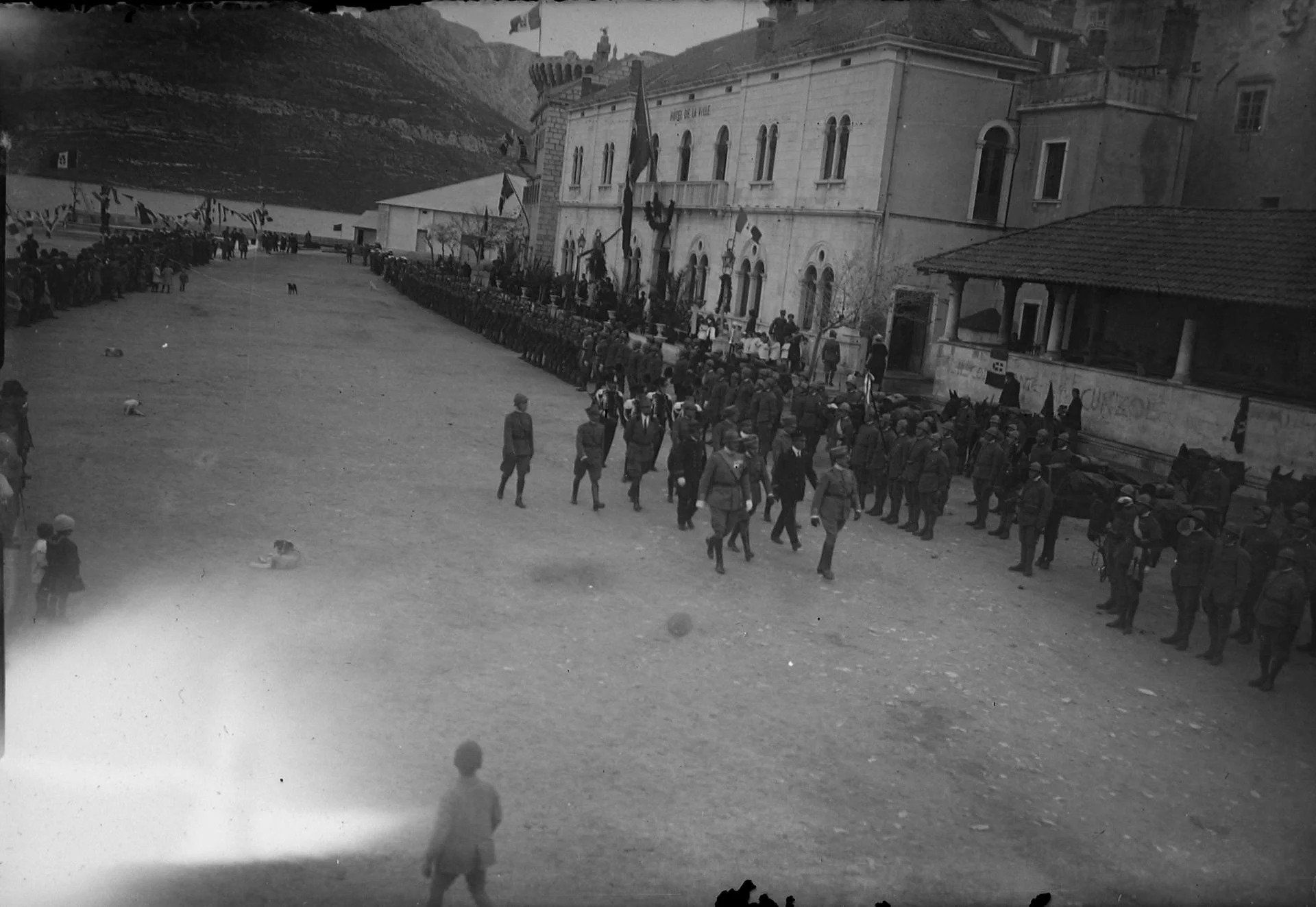
From the photos, they were able to gather that Peručić wasn’t married, and that he lived with his sister, their mother and his sister’s children. After the Italian soldiers left Korčula, Peručić moved to Zadar where he opened his own photo studio, and his sister and her children moved with him, and his nephew Ivan Jeričević inherited the studio in Zadar from him. The plates from Korčula and before were left over on Korčula, in a house where his mother lived with Peručić’s other sister, which is exactly where they were found. Peručić died in 1952 in Zadar.
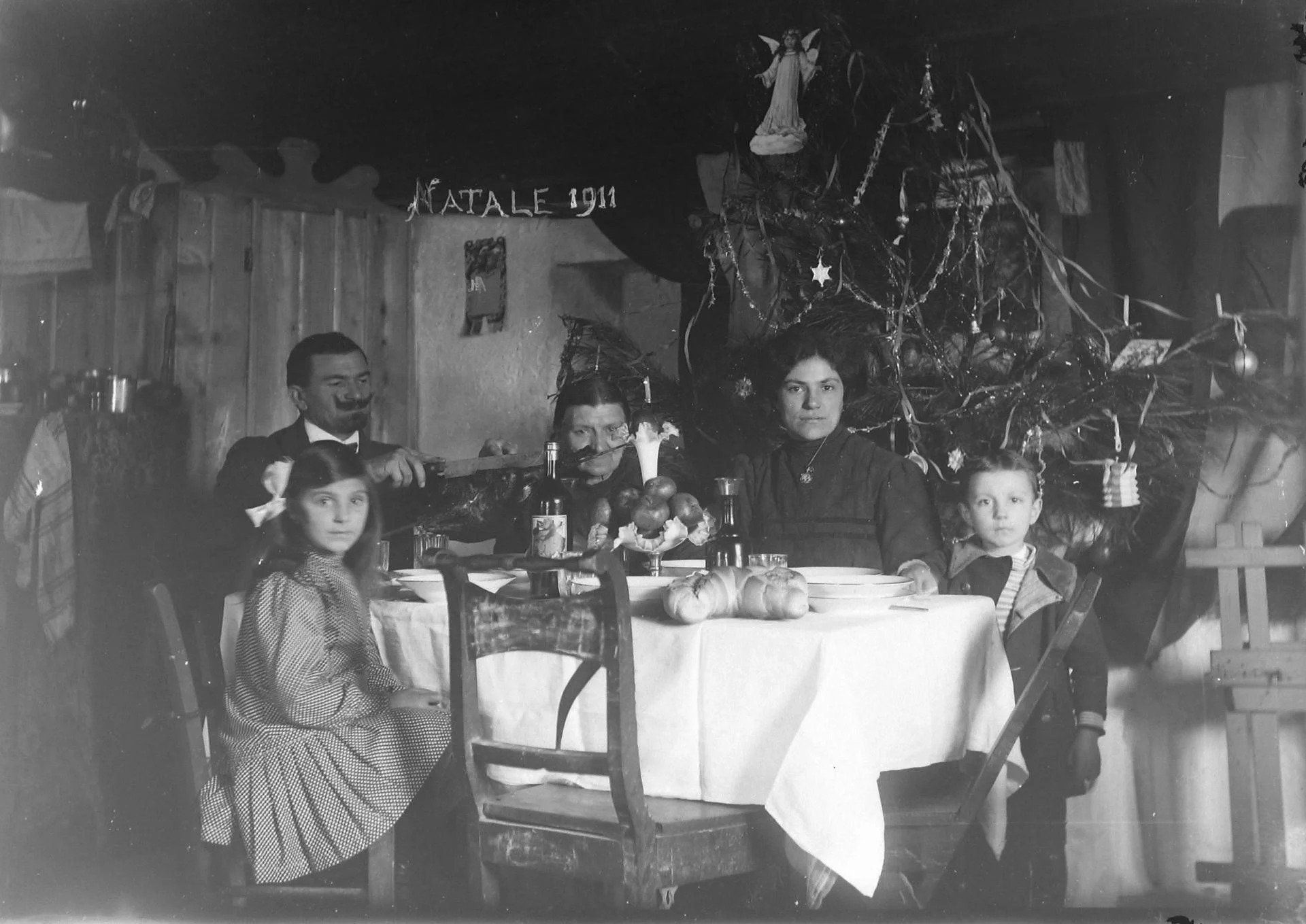
Tonči Baždarić and Tonko Barčot will try and solve remaining riddles of the past of the first photographer from Korčula, and in the meantime, they’re working hard on preserving the plates for the future, scanning them digitally and storing the plates in the best way possible, and, of course, they are preparing an exhibit once the digitalisation process is completed, which they then plan to show around Croatia and in Chile.
Their hope is that maybe someone will still be able to recognise a detail from one of the photos, maybe a familiar face, or remember that they have the print of that photo somewhere in their family archives, so even more stories from history can be found right before they are permanently forgotten.

